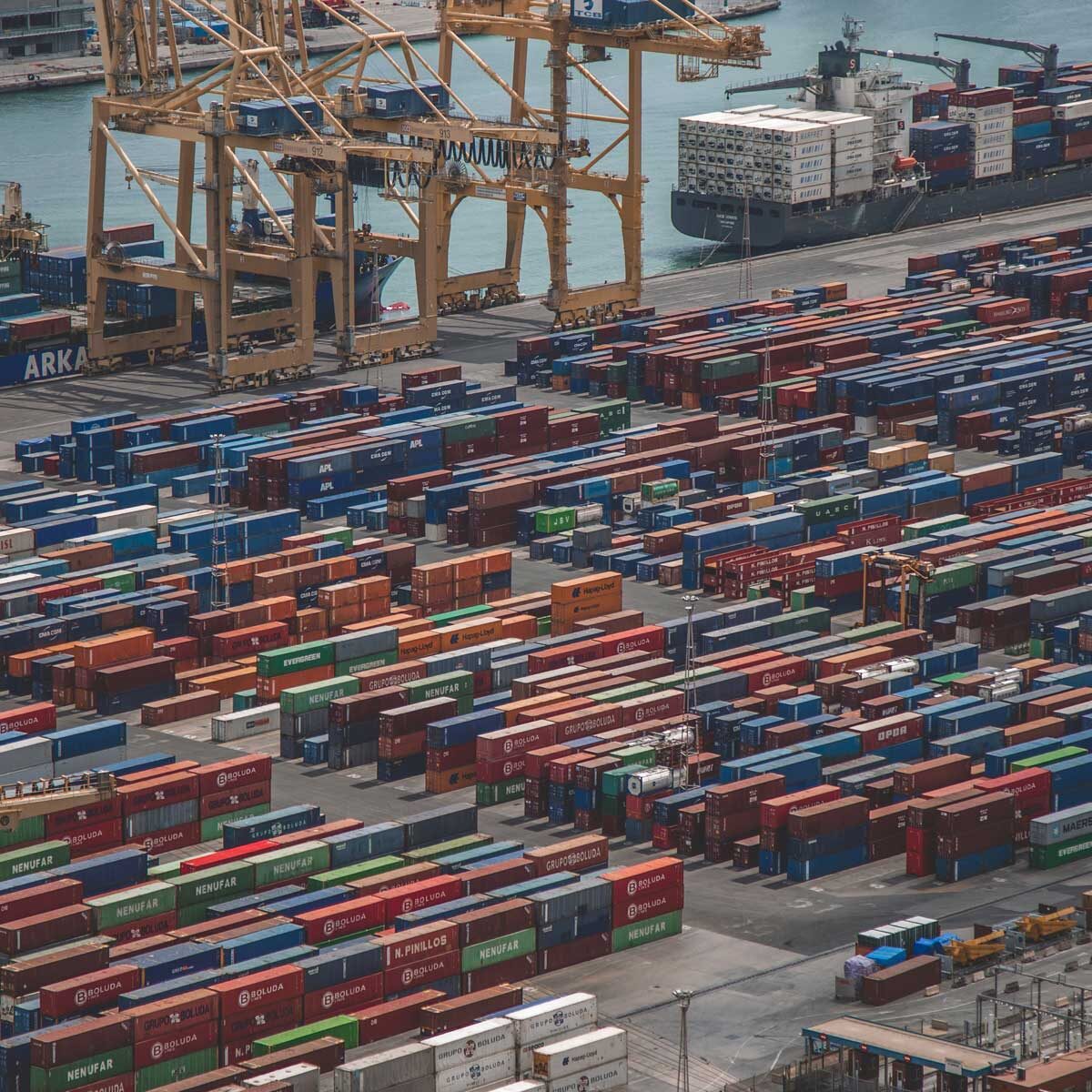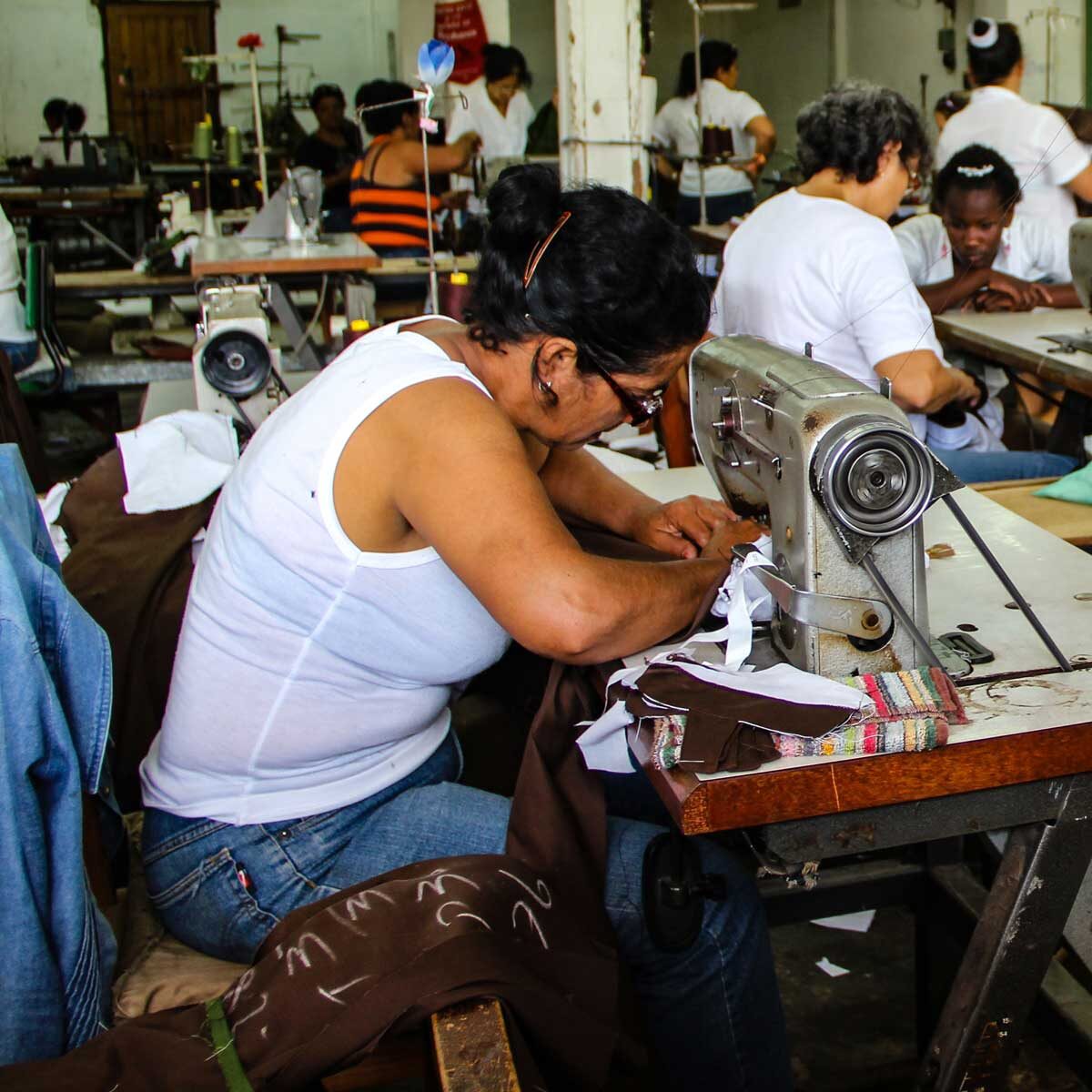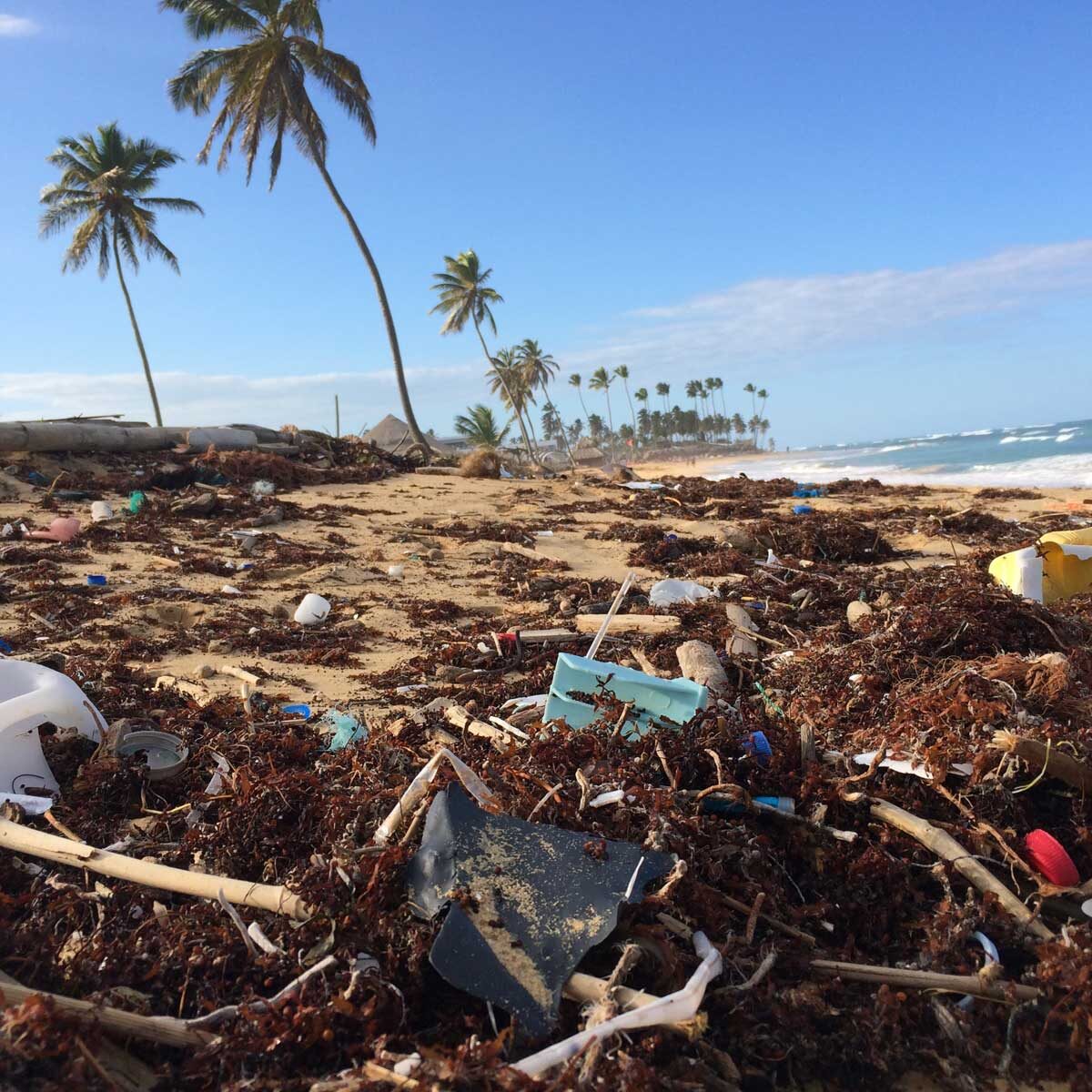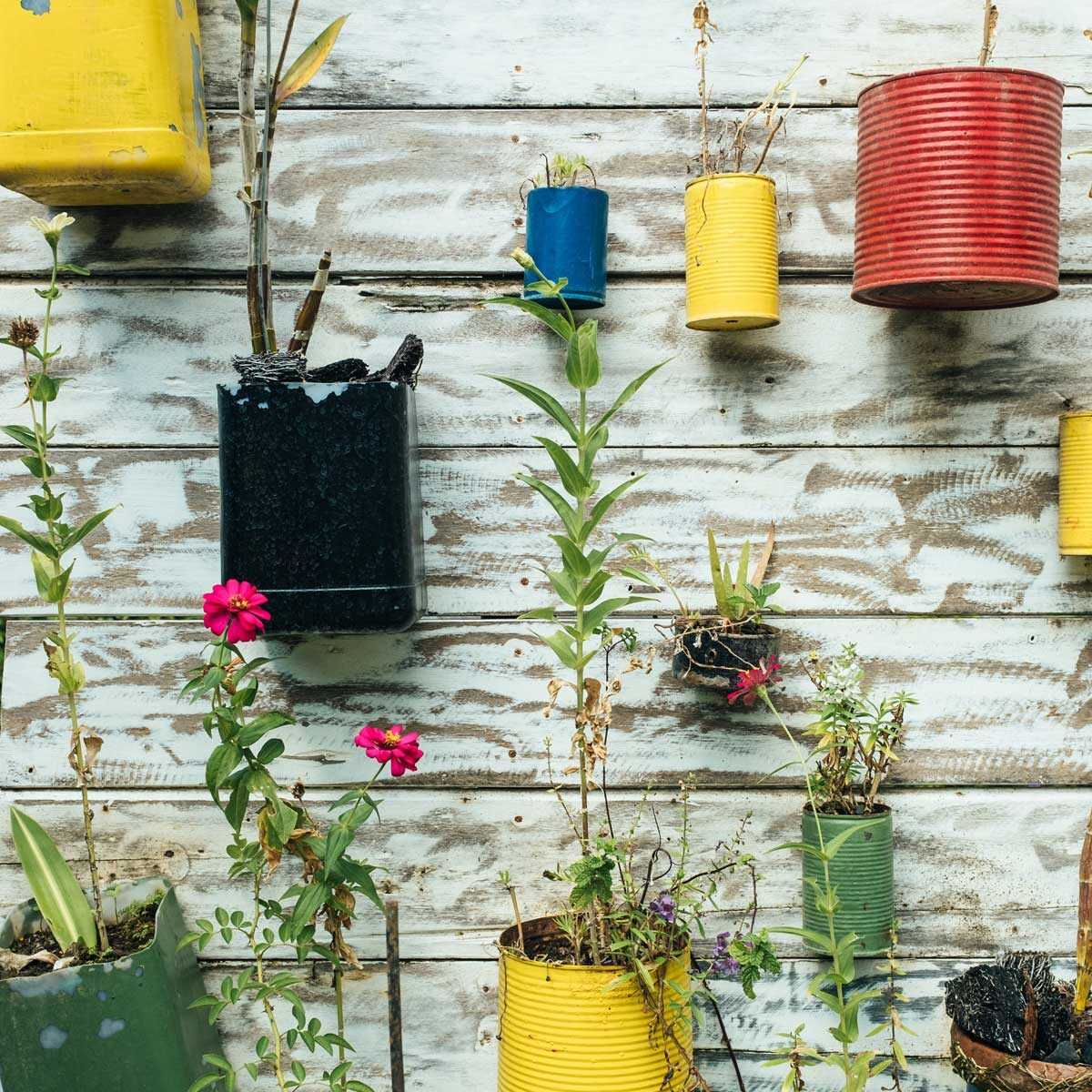Our Take
Leading a more sustainable lifestyle does not mean limiting yourself. By practicing meaningful choices, you can slow the rise of Climate Change and find yourself living a better life!
Educate Yourself


Quick Facts
309
309 million is the number of elephants-worth of municipal solid waste generated globally each year. Right now that’s 2.01 billion metric tons. By 2050, we’ll already be at 3.4 billion.[4]
1.6
1.6 billion metric tons of carbon-dioxide equivalent output from our global waste production. This accounted for 5% of global emissions in 2016. By 2050 that’ll almost double.[5]
50
50 million tons of worldwide e-waste generation expected by the end of 2020 (aka discarded products with a battery or plug).[6]
1
Recycling 1 million that number of cell phones would generate more than 35,000 pounds of copper, 33 pounds of palladium, 772 pounds of silver, and 75 pounds of gold.[7]
70
70 pounds is the a mount of clothing an average consumer throws away per year. Globally, 95% of the 13 million tons of textile waste each year could be reused or recycled.[8]
What is happening?
For this KCI cause we’re looking at consumption through the lens of consumerism. Americans love “stuff” as the United States Environmental Protection Agency likes to call it[1] and all this stuff we use and throw away has environmental impacts, most notably greenhouse gas emissions. Each stage of consumption may also have unintended impacts on people, for example, employing child labor to harvest raw resources. By reducing our reliance on certain products or just needing less “stuff”, it minimizes the environmental and equitable impacts associated with our consumerism.
What are the effects?
Annually, the world generates 2.01 billion metric tons of municipal solid waste. That’s as big as a pile of 300 million elephants. And it’s expected to go up to 3.4 billion tons by 2050[2]. In the U.S. alone, the average person throws away their body weight in trash every month. This statistic really brings home the need to reuse things or fix them up so we can avoid adding to this waste catastrophe.
When we absolutely have to purchase new, we have to find and support brands and companies committed to sustainability in their manufacturing and commit to fair and equitable working conditions for employees. We need to demand quality to eliminate the disposable culture that we live in. And when our items or products come to the end of their lifecycle, we need to research and find the best possible way of recycling.
Always ask the question: What do we really need to get by and are we looking at a product’s full lifecycle when making purchasing decisions? “Living a more sustainable life brings a great sense of purpose and helps us recognize that we are all part of something bigger.”[3]





